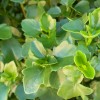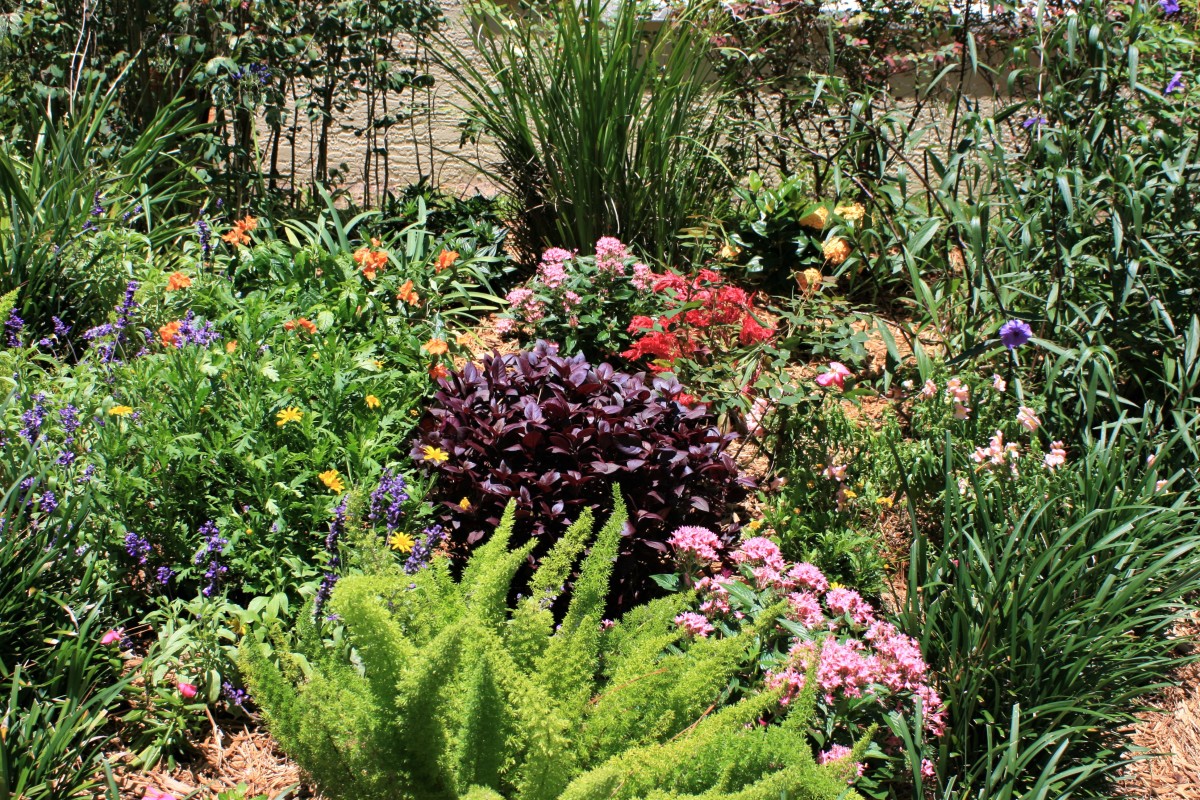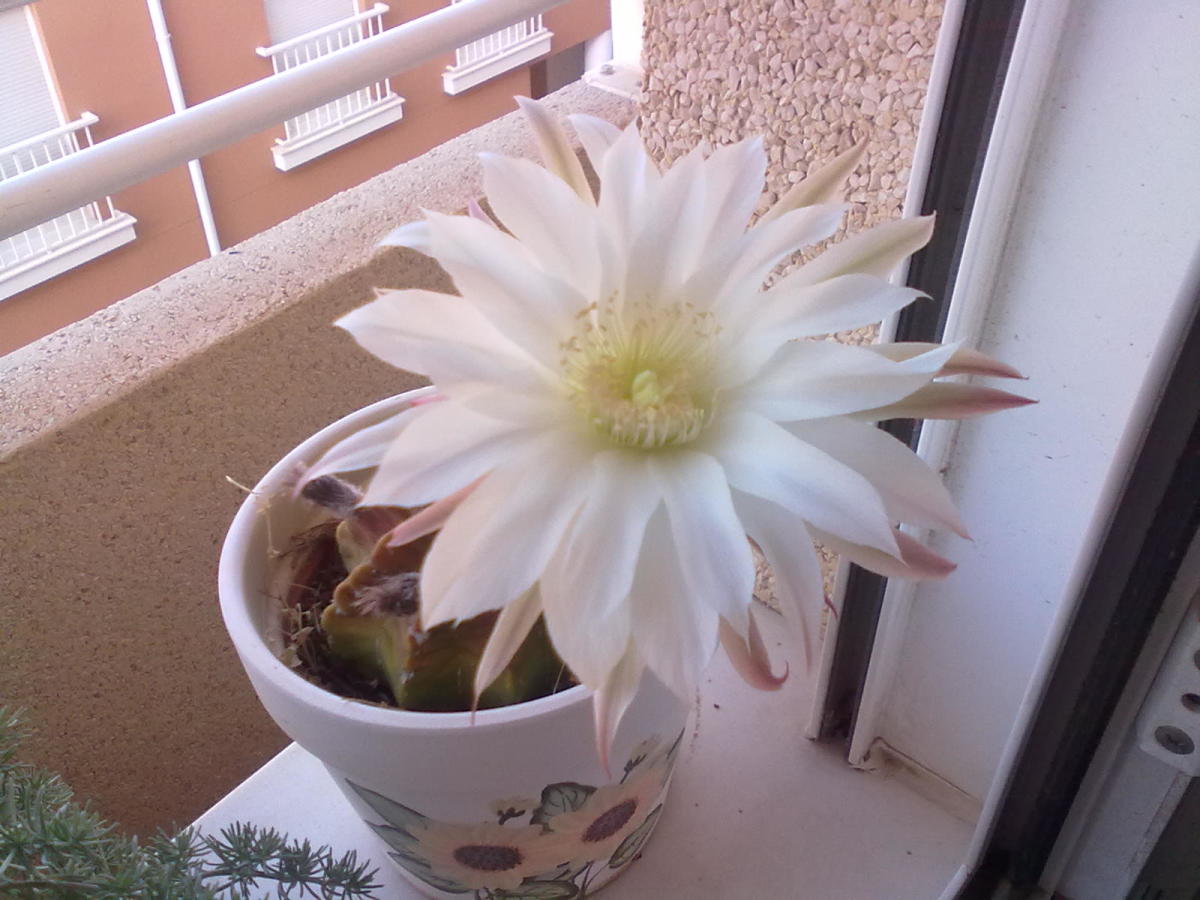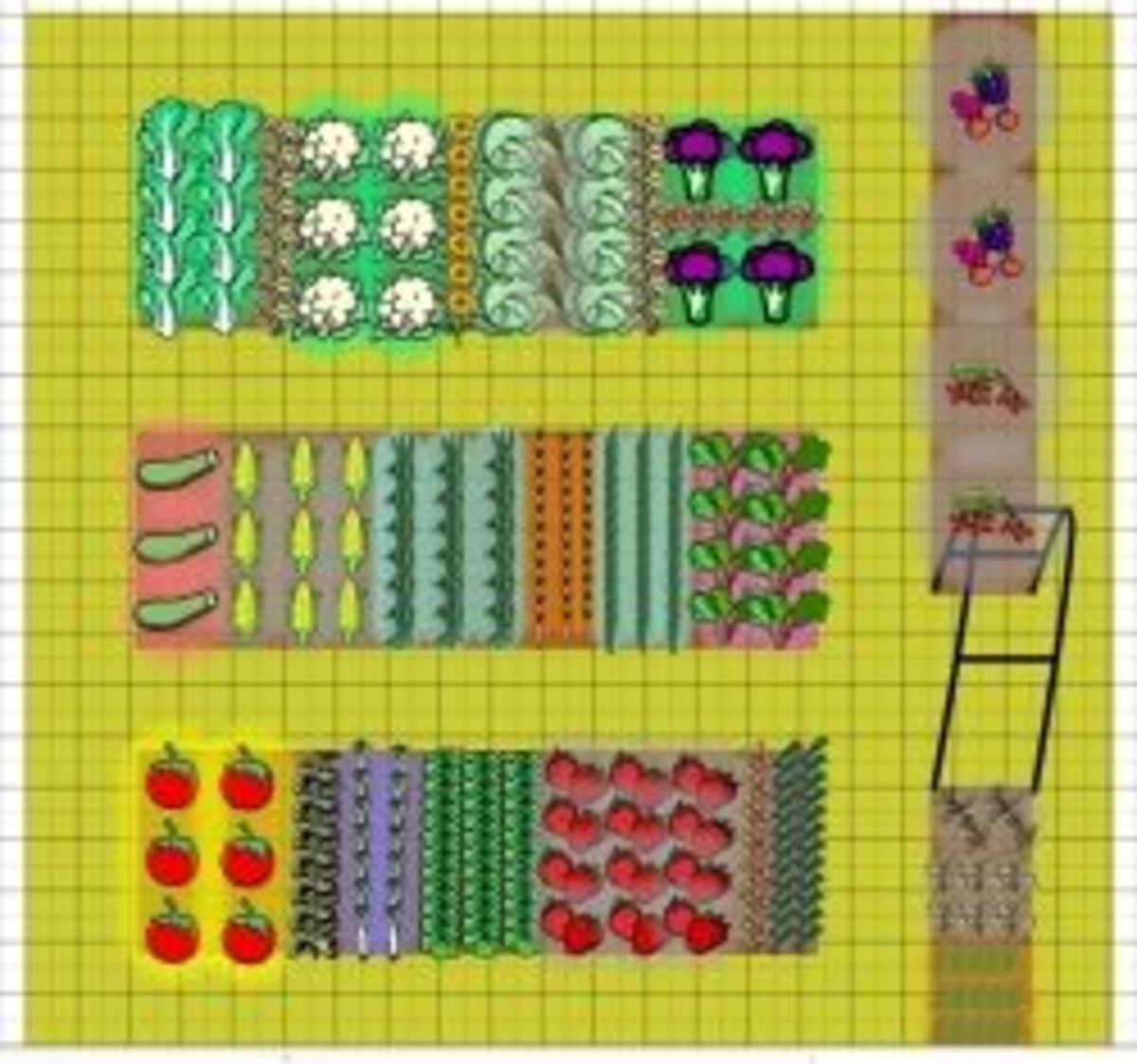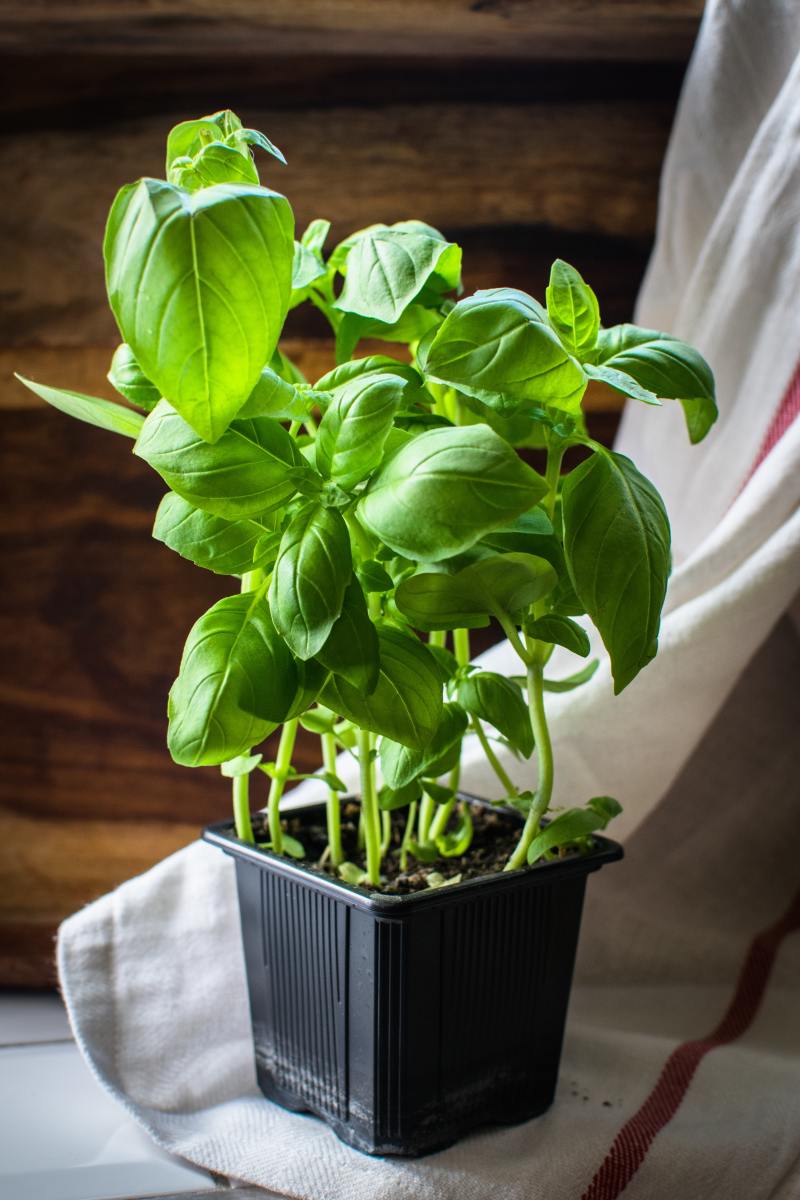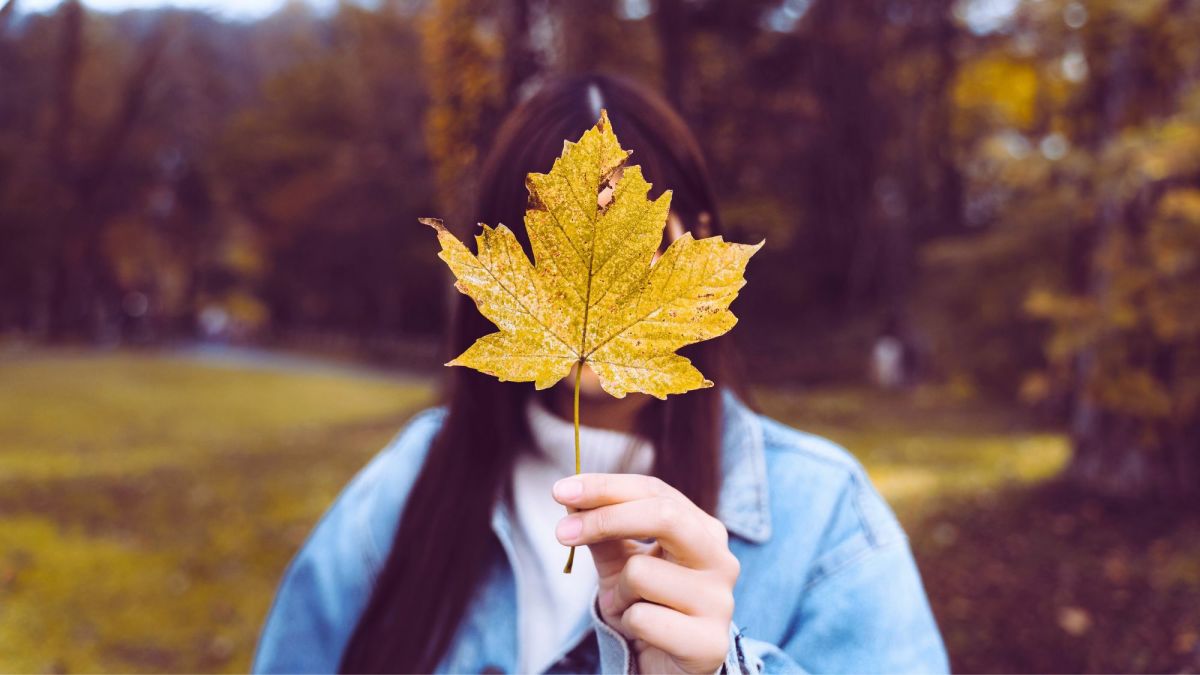How to Grow the Kitchen Garden Herb Basil (Ocimum Basilicum)
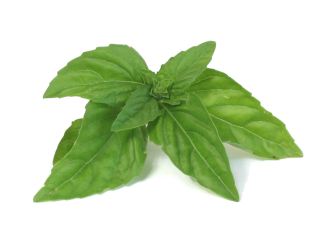
Learn how to grow the kitchen garden herb, basil.
Ocimum basilicum, to give it's Sunday name. is widely used throughout the world, and has many different cultivars, each with a slightly different flavour.
Originally from India, basil is often referred to as "the king of herbs", largely due to its name. Basileus is Greek for king.
Basil is such an amazingly versatile herb. It can be used in loads of different culinary dishes, and is delicious with tomato-basedItalian cooking.
Sweet basil tastes quite different to the normal basil, so you may want to consider growing sweet basil if this type of cooking appeals to you - tomato based sauces from the Mediterranean basin are greatly enhanced by the addition, at the end of cooking time, of sweet basil.
Growing basil is easy too. If you don't have a garden, you can grow your basil seeds in a pot on a sunny window shelf or anywhere else in the house that gets lots of light. An equator-facing window or terrace is ideal
A little light, warmth, compost and water to get your basil seeds off to a flying start.
How to Grow Basil
Position
Any sheltered spot that gets 6 - 8 hours of sunlight a day, is perfect for growing basil. Frost and cold winds will kill your plants.
Location
If growing in pots, fill the pots with a good general purpose compost and scatter a few seeds on the surface. Cover with a very thin layer of compost (to the depth of the seed) and water in well.
Soil preparation
Tilth the ground well so break up the surface and remove weeds and stones. Add a good general purpose fertilizer to the soil before planting basil seeds.
Planting
Your basil seeds should germinate about a week after planting. Thin them out to 6" apart. If you are careful, you can transplant the seedlings for use elsewhere.
Watering and fertilizing
Watering once a week should be sufficient unless the temperatures soar, in which case they are more likely to dry out quickly. More plants die from overwatering than underwatering.
Feed your basil herb plants monthly with a general purpose fertilizer, if your soil is insufficient in nutrients.
Using your basil
Pinch off flower heads as they appear to extend the growing season.
Basil are annuals so will only grow for one season, although some cultivars are perennial in warm climates.
Use as needed. Simply snip off a portion of the plant for use in the kitchen. It will regrow, bushier than before, so use as often as possible.
Harvesting
Snip the whole plant off at the base at the end of the season, and hang upside down in a warm, airy room to dry.
It takes about a week to dry out enough for storage. Check by bending the stem. If its snaps off, it's ready.
Remove the dried leaves, break them up into little pieces, and bottle for future use in an aritight container.
The leaves can also be frozen instead of drying.
Basil Seed Saving
if you allow your plant to go to flower, the stem will become woody, the plant will mature and the leaves will lose a lot of their pungency. If you live in a cooler climate, at this stage the basil plant is coming to end of its life anyway, and now is a good time to allow the seed to set in their pods. Mature basil seeds are dark brown in color.
You can then save the seed for growing next year.
Storing basil
If you pick more fresh basil from your kitchen garden that what you can use right away, simply pop your washed and dried cut leaves into a plastic bag and place in the refrigerator, where it will keep for longer.
Else you can chop them up, spread them out onto a tray so that each chopped part is separated as much as possible from its neighbor, and pop the tray into the freezer.
When it has frozen, simply put the lot into a freezer bag, and seal. if you freeze without separating it first, you will find that it has all congealed together when you come to use it.
While drying basil, as outlined above, is the easiest way of all, you will find that it loses a lot of its flavours when you come to reconstitute it in cooking.
Basil cultivars
While all basils have a basic pungent taste not dissimilar to cloves, several cultivars have distinctive additions.
Lemon basil has a decidedly citric flavour, sweet basil is sweet like sugar, licorice basil tastes of aniseed, cinnamon basil tastes of cinnamon and the list goes on.
Check out the Wikipedia list of basil cultivars and their uses in various world-wide cuisines.
All in, there are over 30 cultivars for you to choose from, but all of the will carry the name Ocimum basilicum, which is handy to know should you ever shop in foreign countries where the name 'basil' is not used.
In Spanish, basil is known as albahaca, but if you were buying seeds the packet should still say Ocimum basilicum.
© 2012 GardenExpert999
